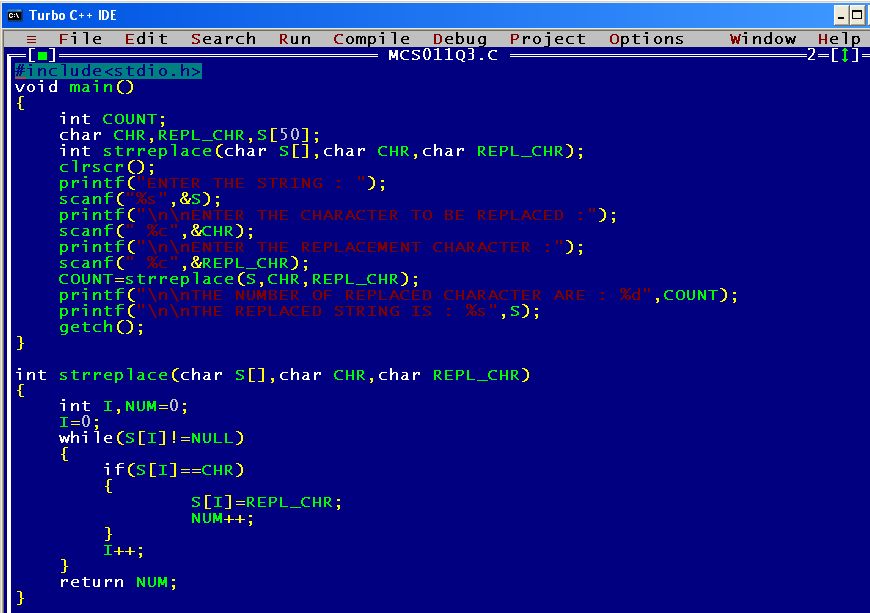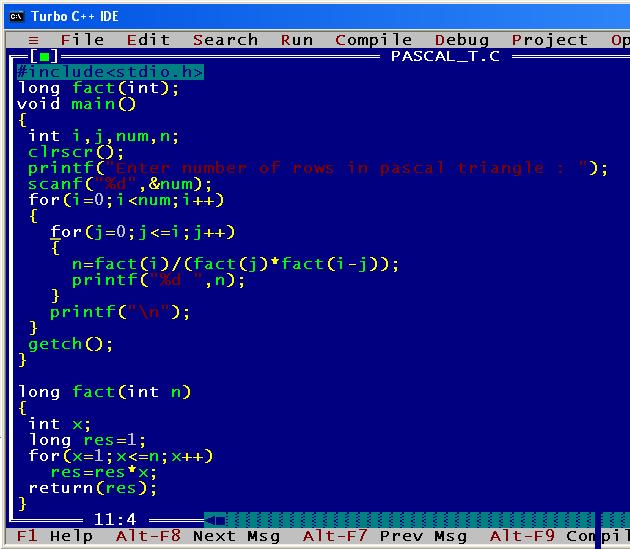



In the absence of time-sharing, or if the quanta were large relative to the sizes of the jobs, a process that produced large jobs would be favored over other processes. If the process terminates or changes its state to waiting during its attributed time quantum, the scheduler selects the first process in the ready queue to execute. The job is resumed next time a time slot is assigned to that process. A round-robin scheduler generally employs time-sharing, giving each job a time slot or quantum(its allowance of CPU time), and interrupting the job if it is not completed by then. In this post, we will discuss the Round Robin Process Scheduling algorithm and also write a program for the Round Robin Process Scheduling algorithm. There are several different CPU scheduling algorithms used nowadays within an operating system. CPU scheduling treats with the issues of deciding which of the processes in the ready queue needs to be allocated to the CPU.


 0 kommentar(er)
0 kommentar(er)
